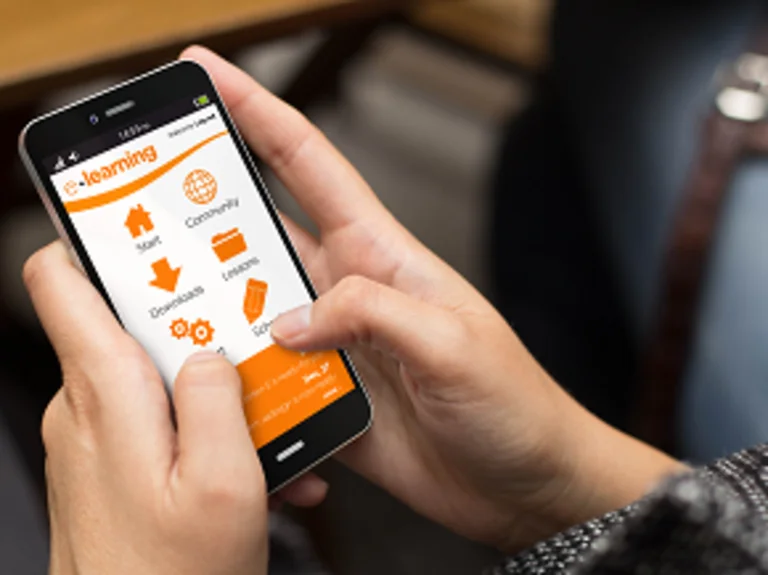 There are a lot of advantages to e-learning; it allows to learn at a personal pace while also choosing the time and duration you wish to learn, with bite-size modules that fit well around today’s busy schedules.
There are a lot of advantages to e-learning; it allows to learn at a personal pace while also choosing the time and duration you wish to learn, with bite-size modules that fit well around today’s busy schedules.
It’s important to remember, though, that this requires self-motivation and it is sometimes difficult to have enough responsibility to be self-taught. As a result, prioritising work and being productive can be a struggle for many e-learners.
So what are the most effective ways to make sure your staff is getting the most out of their online training?
1. Organising
Organisational skills are a main factor of training success, creating a to-do list or creating a timetable for the week will be a big help. It’s good to write down what needs to get done and try to complete them within a specific timeframe. Also, it’s essential to prioritise the important things first, so even if time runs out it will have less of a negative impact.
It’s important to be realistic with the time, so having a list that is too long or full of big, time-consuming tasks will not help productivity and may cause unwanted stress.
2. Establishing Tasks
Establishing tasks and goals is a good method to remaining organised and concentrated on the objectives. It’s common to have multiple tasks lined up, but it’s important not to try to do all of them at the same time. Changing between projects, not finishing things and leaving them for later will have a negative impact on productivity and reduce the overall benefits of the training.
A Stanford University study found that having endless streams of electronic information entering the brain can inhibit the ability to focus, concentrate and recall information, which are all essential skills to have when trying to be productive.
3. Removing distractions
While studying online it’s tempting to be distracted by a multitude of things that are just a click away. Having Facebook and other social media open on other tabs is likely to draw attention, cause constant distraction and hurt concentration and productivity.
Also, the environment is important: it’s helpful to choose a quiet room or a place where it’s possible to concentrate and avoid interruptions from colleagues. If there are no available rooms, a simple sign on the desk asking colleagues to not disturb during a specific time would help to prevent breaking concentration. Finally, setting up an out-of-office notification and closing Outlook during the training session.
It would be much more conducive to learning to avoid these distractions before sitting down to do some learning. This means putting any phones away and closing any irrelevant browser tabs. If this is not possible, it’s best to concentrate on the job for 40 minutes and only then taking a short break.
Working for a couple of hours straight is much more effective than working for more hours inconsistently and with distractions. The focus and attention and the ability to absorb and process information is simply better.
4. Understanding the work style
The people on your team need to understand what makes them work better, as each individual has a different work style and pattern. For some people the morning is the best time while for other it’s the afternoon or at night. The huge advantage of e-learning is that it provides each person with the flexibility to work when most productive and most convenient, in their own time, space and pace.
Find out how your staff can develop their skills in a simple and flexible way, with zero travel involved and no time wasted – explore our range of e-learning courses.
